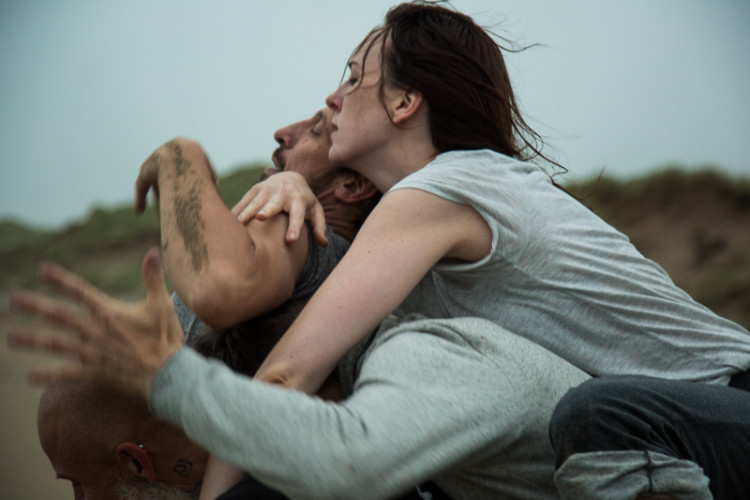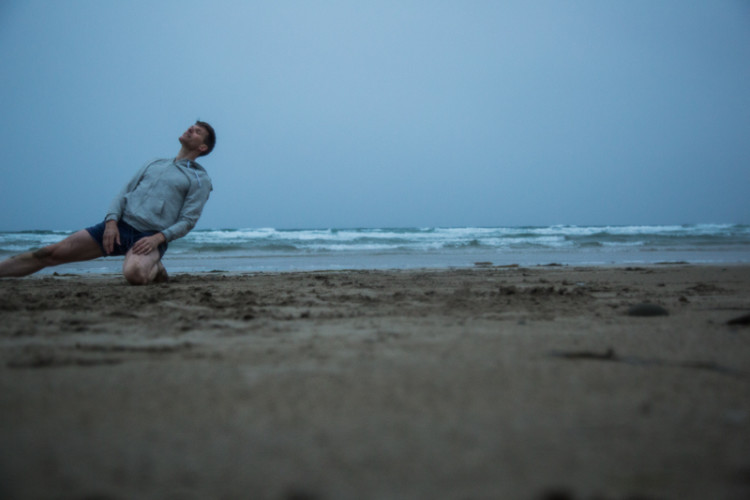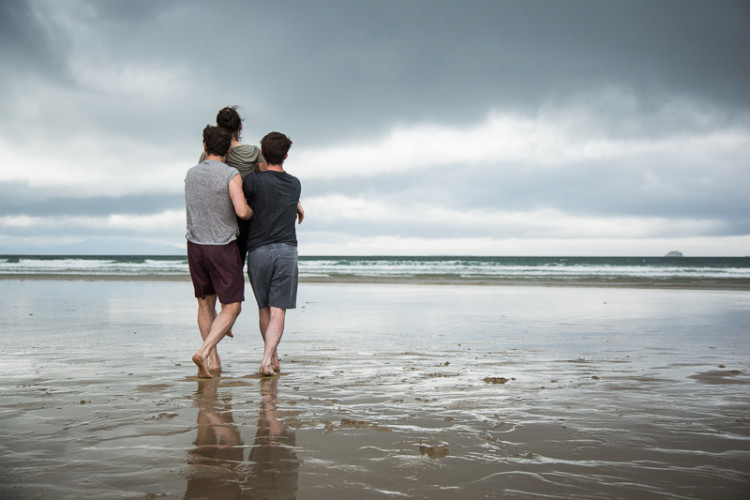Recently I went to Butterflies and Bones, performed at the MAC as part of The Casement Project, and the Belfast International Arts Festival. The piece was choreographed by Fearghus Ó Conchúir, together with his team of dancers. Fearghus happened to be performing that night, too, and spoke about the work onstage afterwards.
In art college I had become interested in performance art as a feminist strategy to foreground bodily, sensory experience and the present moment. As a novice to viewing dance, it was enlightening to hear Fearghus talk about the genesis, development and outworking of his ideas for the piece. He made a number of points that relate to Gemma’s and my earlier conversations in this blog about bodily engagements with place.
First, when asked about where the ideas had come from, he connected them back to his experience of growing up on the margins of certain identity constructs in Ireland. This provided the impetus to imagine Casement, and all that his figure is used to conjure with, from the outside. That is, from outside nationalism, republicanism and imperialism, religion and heteronormativity. These were referenced in the performance, but only tangentially, and through a critical lens.
Second, he made clear to me (in my ignorance) just how significant dance training is, in terms of being present in the body. More than this, dancers are taught to be present in different ways, and communicate differently, even in repeating movements and actions. This ability to be present in each moment means each performance is subtly different, a very special skill.
Third, Fearghus spoke of the way in which history is not simply a textual record of what happened when, where and why. It is also about the sensations and gestures of the bodies who make history. In Casement’s case, the feeling of putting on a dress suit to be knighted, the act of sex with a man, the plunge through the scaffold’s trapdoor. I like this notion of history. To explore it takes imagination and creative licence, since by definition these feelings and gestures are ephemeral and subjective.
Imagining what a historical body may have felt and done must be a very effective exercise in empathy. Fearghus spoke eloquently about the role of empathy in Butterflies and Bones. It is work that aims to fragment our assumptions of who belongs and who does not, who is inside and who is outside. The dancers’ bodies are interactive and interdependent throughout, even when in seeming conflict. Amid public arguments about who belongs in the United Kingdom and who does not, it is a timely message.






